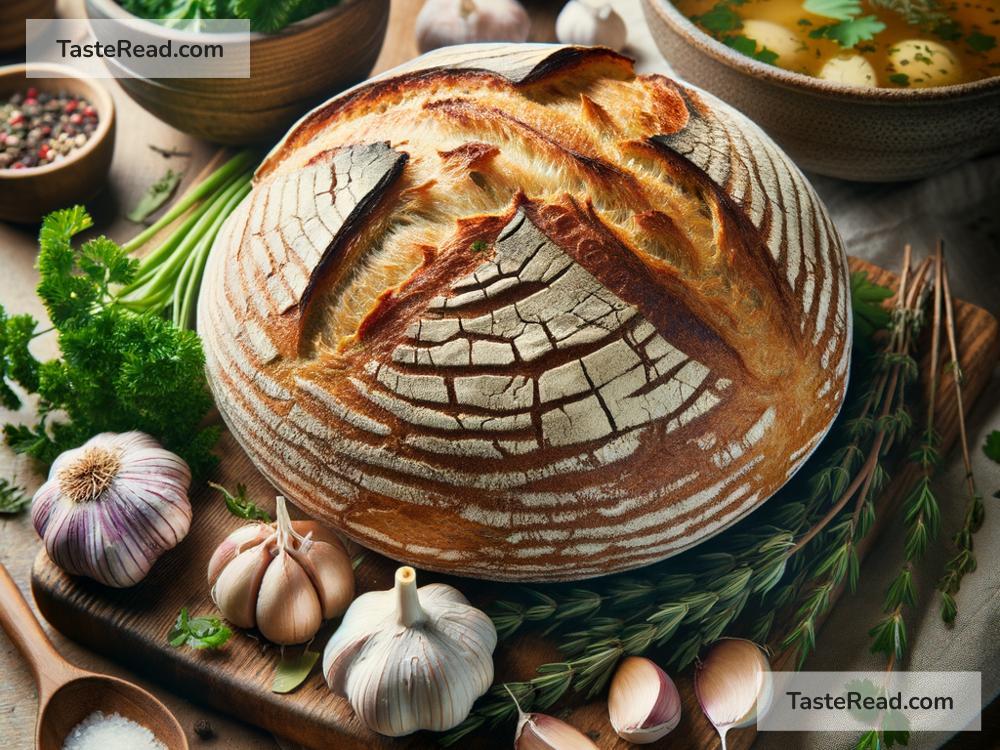Legend of the Bread That Cures Illness
Throughout history, stories and legends have been passed down about miraculous cures and magical foods. One such tale is the legend of the bread that cures illness. Though the story may seem simple at first, it carries a message of hope, kindness, and the belief that healing can come from unexpected places.
The Origin of the Legend
The legend is said to have started long ago in a small village tucked away in a quiet valley. The villagers were simple folk, primarily farmers and bakers, who relied on one another to survive. Life wasn’t easy, and when sickness spread through the village, many feared for their lives. Medicine was scarce, and doctors were far away, so the villagers had to rely on home remedies and sheer determination to stay healthy.
One day, an elderly baker named Elena appeared to bring hope to the struggling village. Elena was known for her kind heart and wise words. She had spent decades perfecting her bread recipes and believed that the act of baking was more than just creating food—it was an expression of love and care for others. Her bread was famous in the village for its warm, comforting taste and soft texture.
As sickness spread, Elena declared that she would bake a special bread. She believed it would cure the villagers of their illnesses. Skeptical but desperate, the villagers watched as Elena prepared the bread in her tiny wooden kitchen.
The Recipe of the Magic Bread
Elena’s bread wasn’t made of anything rare or fancy. In fact, the ingredients were simple: flour, water, yeast, and salt. But what made the bread special was how Elena infused it with hope and love. She sang softly as she mixed the dough. She smiled as she kneaded it, speaking kind words and prayers for everyone who was sick. When she baked the bread, she whispered that the ingredients alone weren’t magic—the magic came from the care she put into the process.
The locals began to call it “the healing bread.” Elena gave it to anyone who needed it, refusing to accept money in exchange. Even families who could barely afford food found a piece of the bread at their doorstep, as Elena worked tirelessly to feed the ill and the struggling. To everyone’s surprise, many people who ate the bread began to get better.
The Power of Belief
The bread became famous across the region, drawing visitors who had heard of its healing powers. Some scoffed, calling the legend foolish or superstitious. Others believed wholeheartedly that the bread had the power to cure ailments. Scientists were baffled—the bread wasn’t made of herbs or medicines known to treat illnesses.
What made the bread so powerful, many said, was the belief it inspired. Eating the bread brought comfort, hope, and warmth to those in need. It was more than food; it was a symbol of healing and kindness. Elena’s act of care reminded people that sometimes healing involves more than medicine—it also requires the heart and soul to feel cared for.
A Lesson for the Future
Though some versions of the legend end with Elena’s passing, her story never fades. Her tiny bakery becomes a symbol of generosity and hope. Villages far and wide remember her not just for the bread, but for the kindness she showed to everyone, regardless of their status.
Some believe the bread’s healing powers truly existed, while others think it was the villagers’ belief that saved them. Either way, the legend teaches us valuable lessons: that kindness can heal, hope can lift spirits, and sometimes the simplest things—like a loaf of bread—can have the greatest impact.
Why the Legend Still Matters
Today, the world is filled with modern medicine, advanced treatments, and scientific breakthroughs. Yet the story of Elena and her healing bread continues to resonate with people of all backgrounds. Why? Because it reminds us that healing is not just about curing the body; it’s also about lifting the heart, comforting the soul, and connecting with others.
In a time when people often feel isolated or overwhelmed by challenges, the legend shows us that small acts of care can brighten a person’s darkest day. A loaf of bread might not cure a disease, but the thought behind it can help someone feel seen, loved, and supported.
Can Bread Really Cure Illness?
Of course, no modern doctor would write a prescription for bread to cure sickness. But Elena’s story isn’t necessarily about the bread itself—it’s about the belief, kindness, and connection that she put into her baking. Those elements might not cure diseases directly, but they contribute to emotional well-being, which can make a big difference in recovery.
Today, bakers around the world tell similar stories of how food has brought hope and comfort to others. Whether it’s a fresh loaf shared with a sick neighbor or an act of generosity during hard times, the spirit of Elena’s healing bread lives on.
Conclusion
The legend of the bread that cures illness is a reminder that healing can come in many forms. Whether it’s through modern medicine or small acts of kindness, the power of hope and compassion should never be underestimated. Elena’s bread wasn’t magic, but the love and care she poured into it made it miraculous to the people who needed it most.
So, the next time you bake or share a meal with someone, remember Elena’s story. Perhaps the bread you offer won’t cure illness, but it might brighten someone’s day—and that, too, is a kind of healing worth celebrating.


